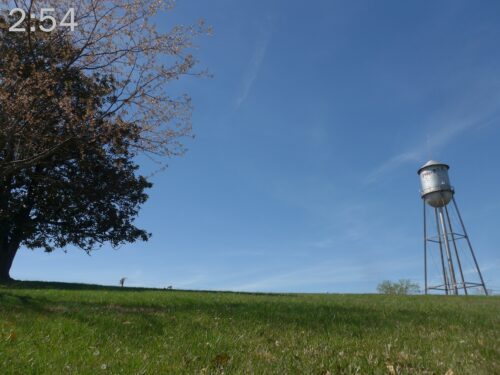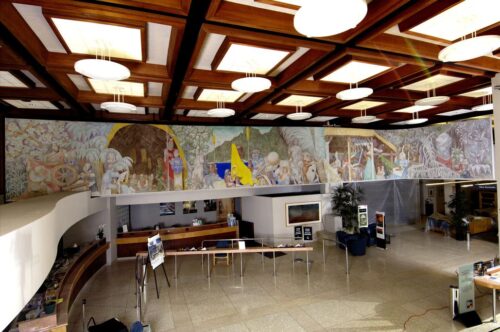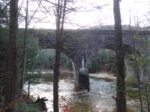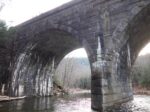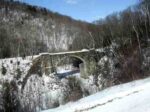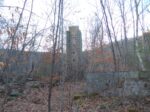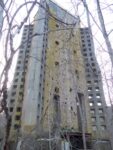Photos of the uncanny light and color in the landscape during the solar eclipse which are almost as exciting as the eclipse itself. I can’t find other photos like these anywhere online! (sun photos are at the bottom). Colors become dull, washed-out, greyish or reddish. At times everything looks flat and two-dimensional. Sometimes it looks like an old faded photograph or that thing on flat screen TVs nowadays where they make everything you watch look like a cheap badly-lit 80s daytime soap opera (it’s called “Motion Smoothing” but most people call it “soap-opera effect” and everyone hates it; most TVs have a hard-to-find setting that lets you switch it off ). It would take a very expensive camera and lots of experience to really capture the colors it but you can get the idea here.
Fascinating history of a Pacific Islander who traveled to Alaska in 1815 with a German poet/botanist
This is just to let you know there’s a whole long interesting story about these people on my other blog which is on the environment (this one’s for pictures, art and travel). The short version is that 1815 a German Romantic poet and scientist (left) was on an around-the-world expedition and befriended a Pacific Islander (right) who joined the voyage to Alaska. Their many discoveries included the life-cycle of strange jelly-like sea creatures who live in chains (middle), which was strongly disuputed but later found to be correct. The poet-scientist’s book about the journey anticipated antiracism in its respectful and thoughtful accounts of people in the Americas and Pacific and today he’s a semi-big deal in Alaska and Hawaii, where he appears on this mural which was in a bank until recently. The article is here.
These stone bridges for the world’s longest and highest railroad in 1840 are still used by trains. They were designed by Whistler’s father (yes that Whistler) and run through the largest roadless tract in western Massachusetts
There’s about four arches deep in the woods an hour or so from Springfield and you can’t seem them from any road; you have walk on a trail which is a popular local sight. There’s also a few assorted disused bridges, a quarry and a tower remaining from some sort of artists colony or commune from the 1960s or 70s. Amtrak and freight trains still use the bridges and I saw an Amtrak train go by just a few feet from the trail.
The bridges were built in in 1840 as “dry” masonry, that is, stones just piled up without cement or mortar. The rail line was the world’s longest, highest and steepest, and the world’s first to go up a mountain. The lead engineer for the construction was Whistler’s father, that is, the husband of Whistler’s Mother, as in the famous painting by James MacNeill Whistler.
Arrow-key or click to scroll through photos
